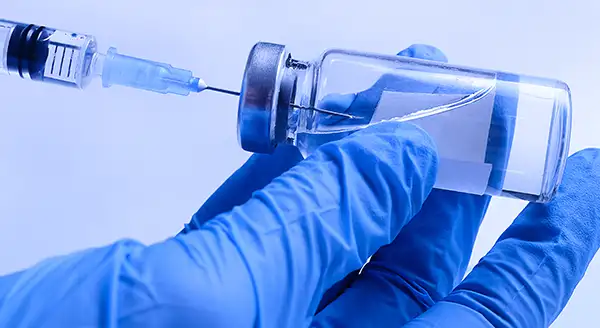Women’s health has long been underfunded and understudied.

- Between 1977 and 1993, women of childbearing age weren’t allowed to participate in certain clinical trials.
- Outside of cancer, ~1% of health care research and innovation goes to women’s health conditions.
Enter femtech, a term coined by Ida Tin — founder of period tracking app Clue — in 2016 to refer to women’s health software and products.
It’s a sector on the rise, exceeding $1B in VC funding for the 1st time last year (up from $695m in 2020.)
What does femtech do?
Consulting firm McKinsey recently anayzed 763 femtech companies and found many serve maternal and sexual health needs:
- Thinx makes underwear for menstruation. Kimberly-Clark acquired a majority stake in the company in February.
- Progyny is a fertility benefits company valued at $4.5B+.
- Maven, another unicorn, provides a comprehensive women’s and family health platform.
- The Pill Club was a D2C birth control service that rebranded to Favor as it expanded its offerings.
- Health in Her HUE connects Black women to health care providers.
Global Market Insights estimated the industry was worth $22.5B+ in 2020 and could grow to $65.3B by 2027.
What’s causing the boom?
Maven board member Deena Shakir told CNBC that big employers now realize maternal and family health is a “necessity to retain women in the workforce.” (We previously discussed the business of egg freezing, which Google, Apple, and Facebook now cover for employees.)
Femtech is also increasingly led by women, who spend more on health care than men. McKinsey found 70%+ of femtech companies have at least one woman founder.
But not everyone’s a fan…
… At least of the term. It’s been criticized as exclusionary to transgender and nonbinary people, and as painting women as some kind of “other” when they’re really, well, ~½ the population.
Meanwhile, defenders say the term is bringing overdue attention to women’s issues in a male-dominated health care system.
Healthcare











